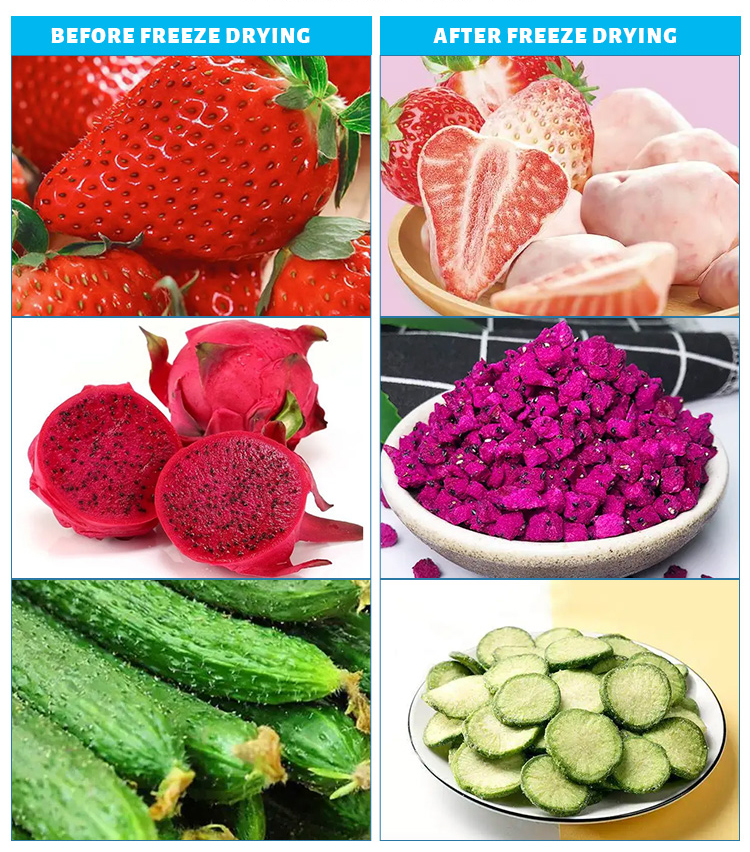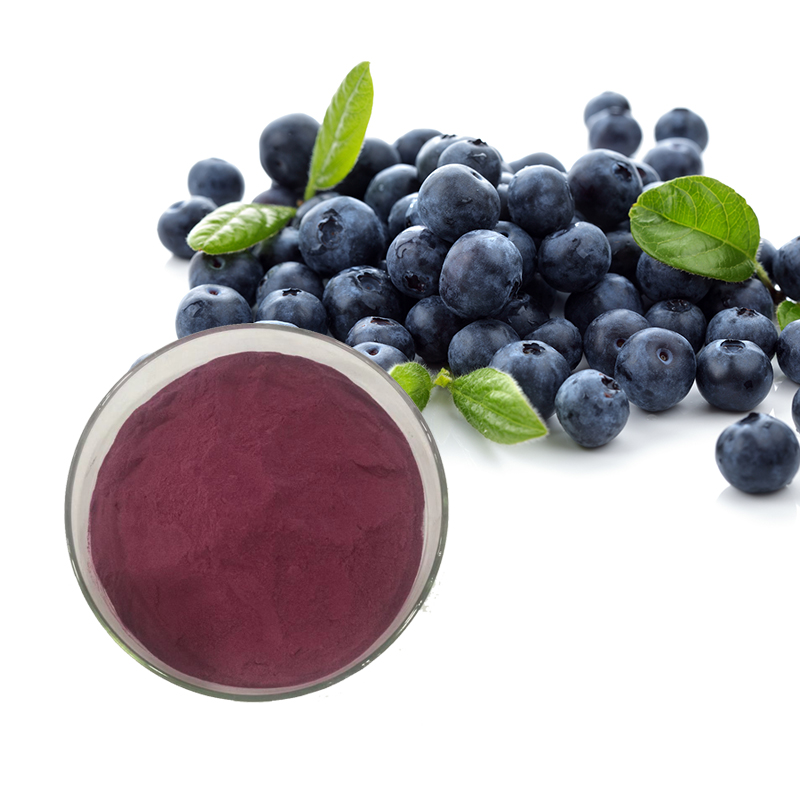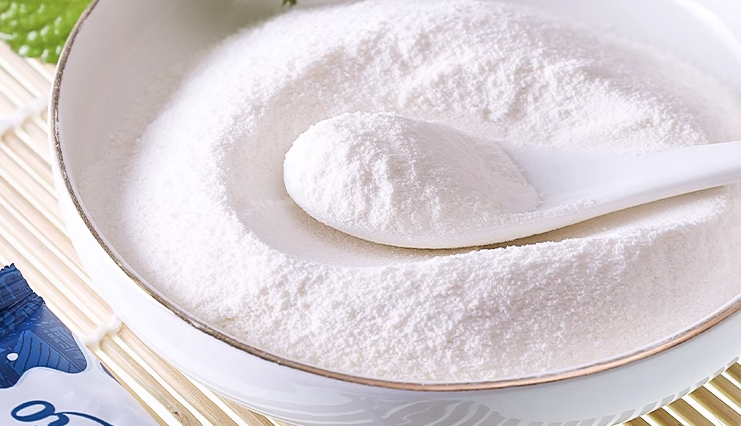Do you enjoy freeze-dried fruit? Imagine the pleasure of turning fresh fruit into delicious freeze-dried snacks. But how can you freeze-dry fruit, and what should you be aware of during the process? Let’s explore the world of freeze-drying fruit together.

Why Freeze-Dry Fruit?
Freeze-drying fruit makes everything simple.
Freeze-dried fruit perfectly retains its nutrients, with almost no loss compared to other drying methods. Since nearly all the moisture is removed from the fruit, freeze-dried fruit can be stored at room temperature for a long time without spoiling. Unlike dehydration, freeze-drying doesn’t significantly alter the taste, preserving the original texture and flavor of the fruit, allowing us to enjoy delicious snacks while still getting the nutrients.
Which Fruits Are Suitable for Freeze-Drying?
Almost all fruits can be freeze-dried. Here are some recommended fruits for freeze-drying:
Strawberries:Freeze-dried strawberries retain their vibrant color and sweet-tart taste, making them ideal for snacks, cereals, yogurt, and baked goods.
Blueberries:Blueberries are another common freeze-dried fruit, perfect for cereals, yogurt, ice cream, or simply eating on their own.
Apples:Apple slices become crisp after freeze-drying, retaining their natural sweetness, making them an excellent healthy snack.
Bananas:Freeze-dried banana slices are a very popular snack. Their sweetness and crunch make them great for eating on their own or as a topping for breakfast cereals.
Pineapple:Pineapple retains its rich sweet and tangy flavor after freeze-drying, suitable for snacks, baking, or seasoning.
Raspberries:Raspberries have a sweet and tart taste after freeze-drying, suitable for yogurt, baked goods, or decorating desserts.
Mangoes:Mango slices retain their strong aroma and sweetness after freeze-drying, making them a delicious snack or food ingredient.
Cherries:Freeze-dried cherries retain their natural sweet and tart flavor, making them ideal for snacks, cereals, or yogurt.

Can You Freeze-Dry Fruit at Home?
Absolutely.
With the popularity of home freeze dryers, more and more people are choosing to freeze-dry food at home.
What Are the Advantages of Freeze-Drying Fruit at Home?
Fresh Freeze-Dried Fruit: Freeze-drying fruit at home means you can freeze-dry your favorite fruits anytime, anywhere. You can choose the freshest and highest-quality fruits, resulting in freeze-dried products of higher quality than those sold in stores.
Reduce Waste: Fruits from home gardens or markets may go to waste if not eaten in time. By freeze-drying them at home, you can preserve excess fruit for long-term storage.
Cost Savings: Freeze-dried fruit on the market is often very expensive, costing tens or even hundreds of dollars. For those who need freeze-dried food long-term, buying it can be a costly expense. Freeze-drying fruit at home with a freeze dryer can be much more affordable. In fact, the electricity cost for freeze-drying fruit each time is around 2 to 3 dollars.
What’s the Difference Between Freeze-Dried and Dehydrated Fruit?
Freeze-dried and dehydrated fruits both remove moisture to extend shelf life, but they differ in the process.
Freeze-drying occurs in a low-temperature vacuum environment, so the fruit’s texture doesn’t change. Dehydration, on the other hand, uses hot air to remove moisture from the fruit, changing its texture, often making it chewier and harder. Generally, freeze-drying removes over 99% of the fruit’s moisture, giving it a shelf life of several years or even longer. Dehydration removes only 80% to 90% of moisture, resulting in a shelf life of a few months to a year.

How to Freeze-Dry Fruit at Home
With a home freeze dryer, freeze-drying fruit at home becomes incredibly easy.
First, select the fruits you want to freeze-dry. You can choose your favorite fruits, but remember, they need to be fresh. Then, wash the selected fruits thoroughly. For larger fruits, slice or chop them to speed up the freeze-drying process.
Evenly place the cleaned fruit on trays, avoiding overlap and leaving space between them for air circulation.
Once the fruit is set, you can start the freeze dryer. Modern home freeze dryers are highly intelligent—just set the freeze-drying temperature, time, and other parameters, and you can wait for the process to complete.
After freeze-drying is done, it’s important to package and store the freeze-dried fruit properly. It’s recommended to use vacuum-sealed bags or airtight jars for packaging. For even better results, consider using a desiccant. Also, don’t forget to mark the production date on the packaging with a marker for future reference.
Do you want to know more about freeze-dried fruit? Or perhaps you can read the following articles for more information:
Freeze Dry Bananas: A Guide to Freeze Drying Bananas
Freeze Dried Cherries: Preserving Flavor and Nutrition
Freeze Dried Dragon Fruit: A New Choice for Delicious and Healthy Food
Freeze Dried Lemon: Bringing Health into Life
Freeze-Dried Blueberries: Bringing Health and Nutrition






